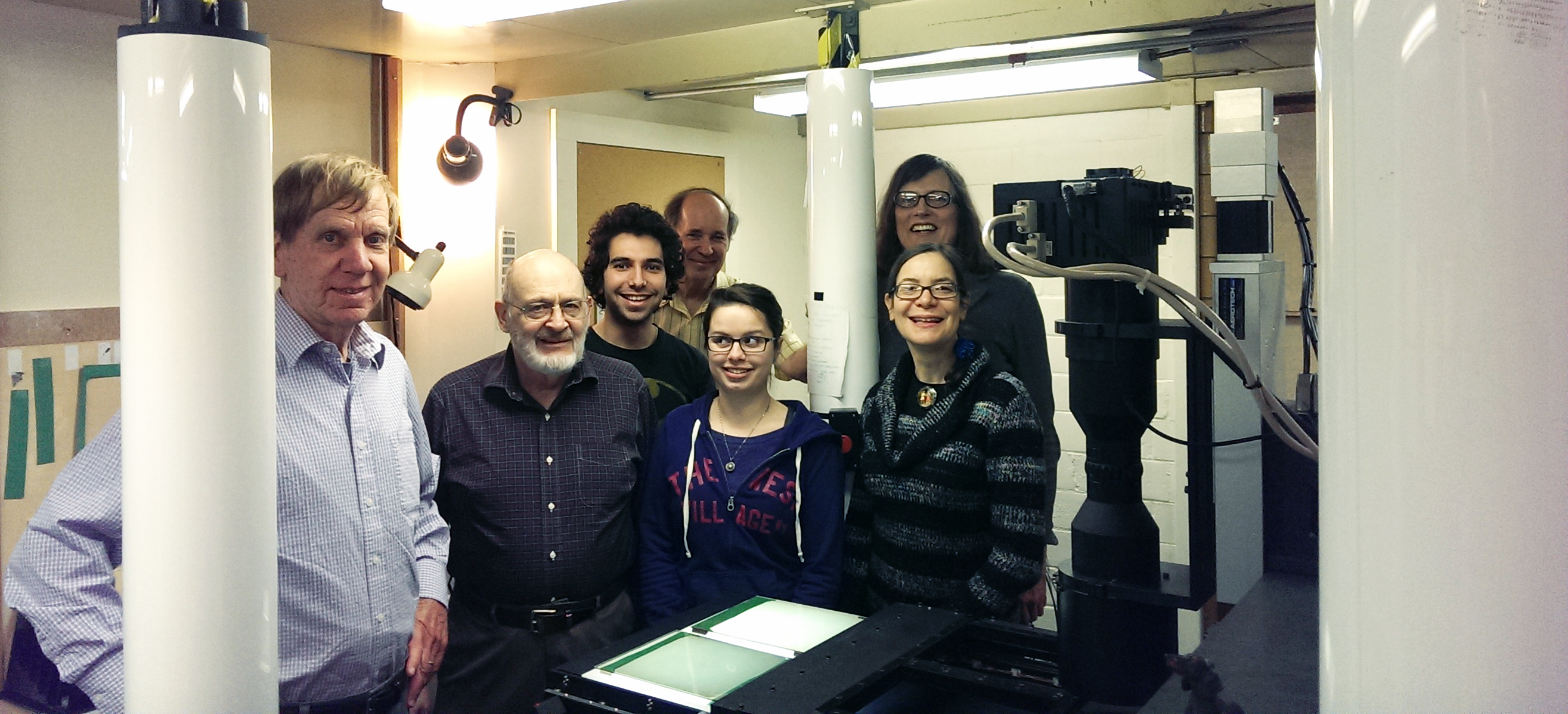Harvard’s DASCH Scanning Project is Now Complete
Peter Williams Center for Astrophysics | Harvard & Smithsonian

The Center for Astrophysics | Harvard & Smithsonian is delighted to announce that DASCH (Digital Access to a Sky Century @ Harvard) is now complete after two decades of effort — the project to digitize Harvard College Observatory’s collection of more than half a million astronomical photographic glass plates for scientific purposes. Simultaneous with this milestone, a new website for exploring the plate collection is being unveiled: StarGlass. A new DASCH scientific data release (DR7) is forthcoming later this year, with early access to the latest data and tooling available to interested parties upon request.
The HCO plate stacks are an irreplaceable resource intimately associated with Harvard’s pioneering “women astronomical computers,” imbuing the collection with not just scientific value (documenting the variability of the entire sky over 100-year time scales) but also historical and cultural value. Recognizing this, Prof. Josh Grindlay launched DASCH in 2004 with financial support from the NSF. DASCH was expected to be a major undertaking, requiring the development of a digital catalog of HCO’s collection of 550,000+ plates; the construction of a one-of-a-kind high-speed plate scanner; the development of a data analysis pipeline to calibrate, analyze, and manage the resulting gigapixel-scale images; photography and transcription of about 1,000 hand-written logbooks documenting every plate exposure; and above all else, the human labor to move hundreds of thousands of delicate glass plates through the confined spaces of the Plate Stacks rapidly, precisely, and safely. Unexpected hurdles also emerged, including a major flood due to a broken city water main and a global pandemic. The completion of DASCH scanning is a testament to the tireless work of hundreds of people over two decades.
Over the past year, while the DASCH scanning effort has been approaching completion, new tools for exploring and analyzing the DASCH data have been under development. HCO is now launching StarGlass, a new website for exploring the plate stacks collection. Aimed at people with any level of astronomical knowledge, StarGlass uses a graph database architecture to document not just the individual plates in the Harvard collection, but also the women astronomical computers and their notebooks, thanks to Project PHaEDRA. StarGlass also provides a modern API for queries and data access, including for the first time the ability to download full-plate FITS mosaics if you register for an account.
For researchers, work is underway to prepare the next DASCH scientific data release, DR7. This release will include access to all 400+ terabytes of DASCH imagery; new APIs for data retrieval; a Python package, “daschlab”, facilitating the analysis of DASCH data; and refreshed documentation. Preview access to in-development DR7 materials is available upon request to the DASCH team. Potential users are cautioned that data, software, and documentation will be in flux until DR7 is officially released.
The DASCH project team is grateful for partial support from NSF grants AST-0407380, AST-0909073, and AST-1313370, which should be acknowledged in all papers using DASCH data. We acknowledge the one-time gift of the Cornel and Cynthia K. Sarosdy Fund for DASCH and thank Grzegorz Pojmanski of the ASAS project for providing some of the source code on which the DASCH scientific data access portal was based.

